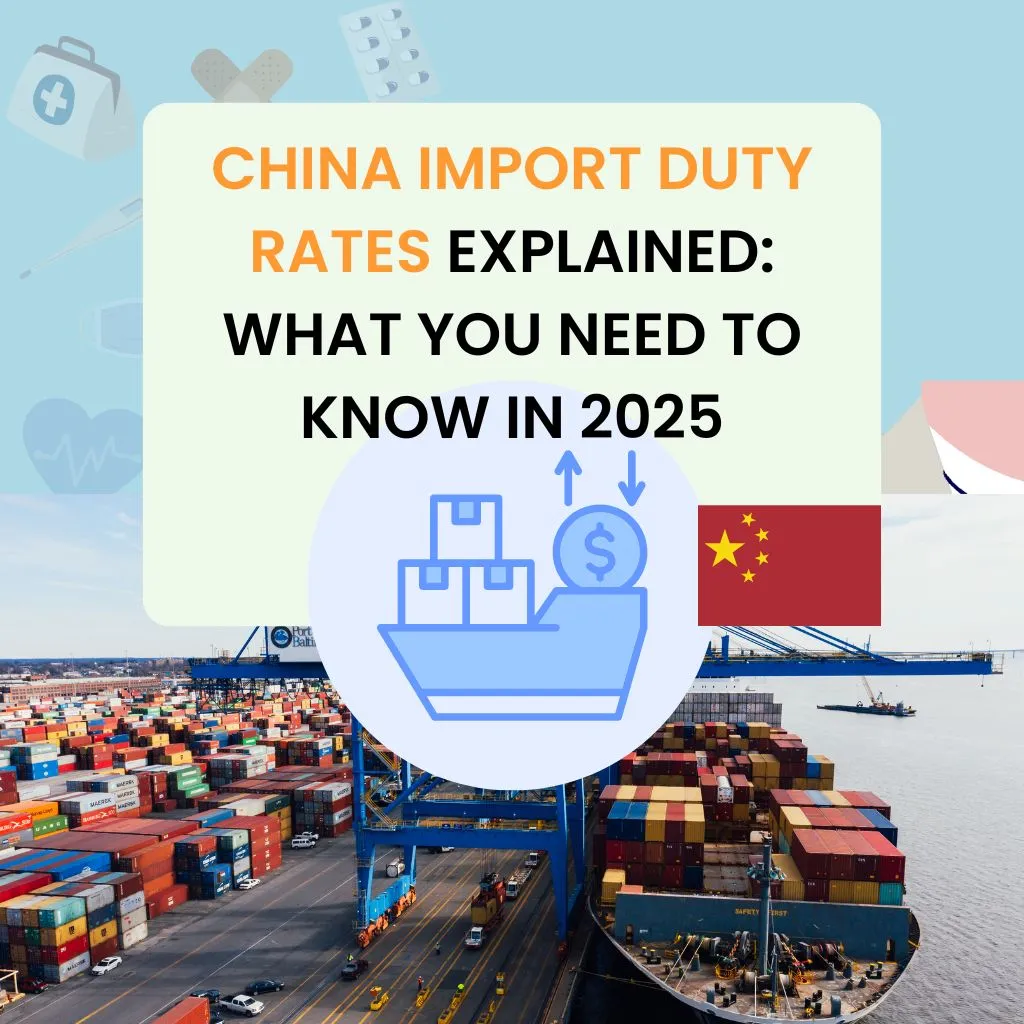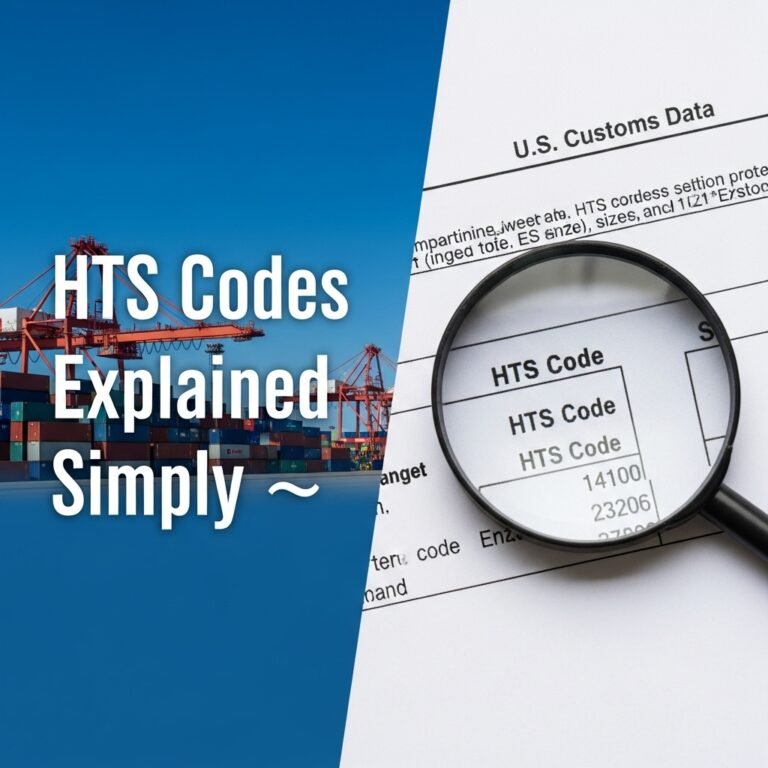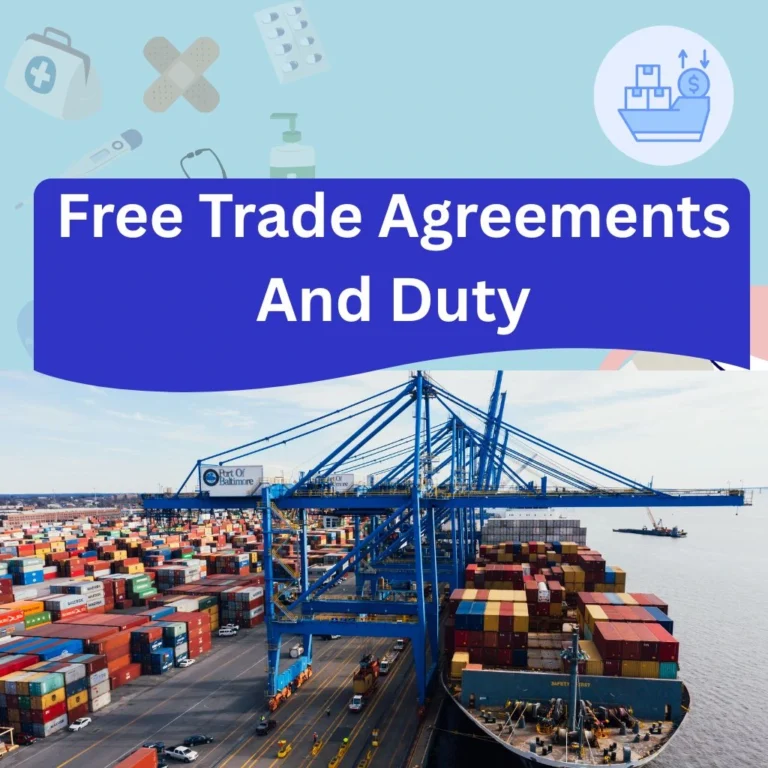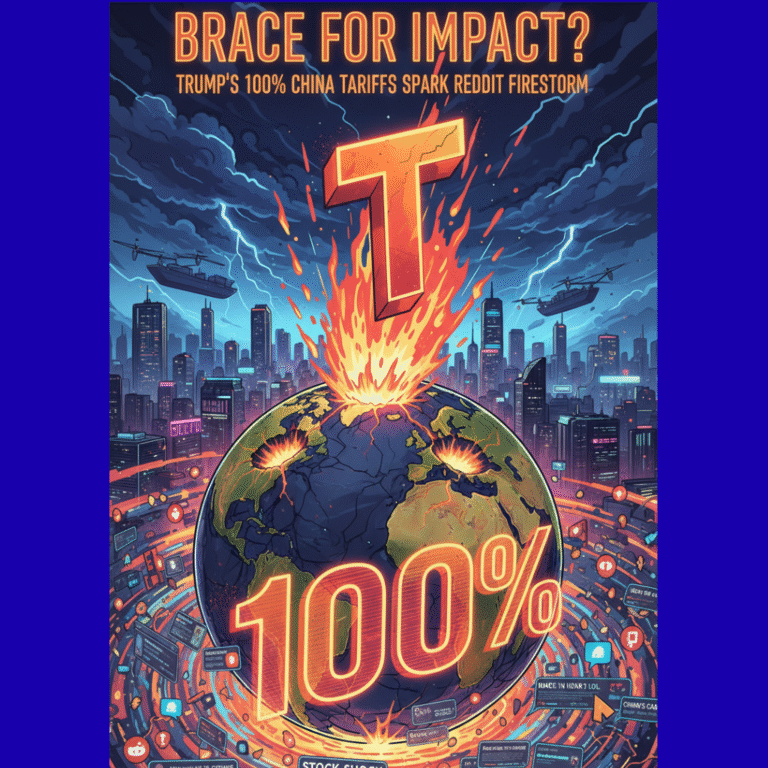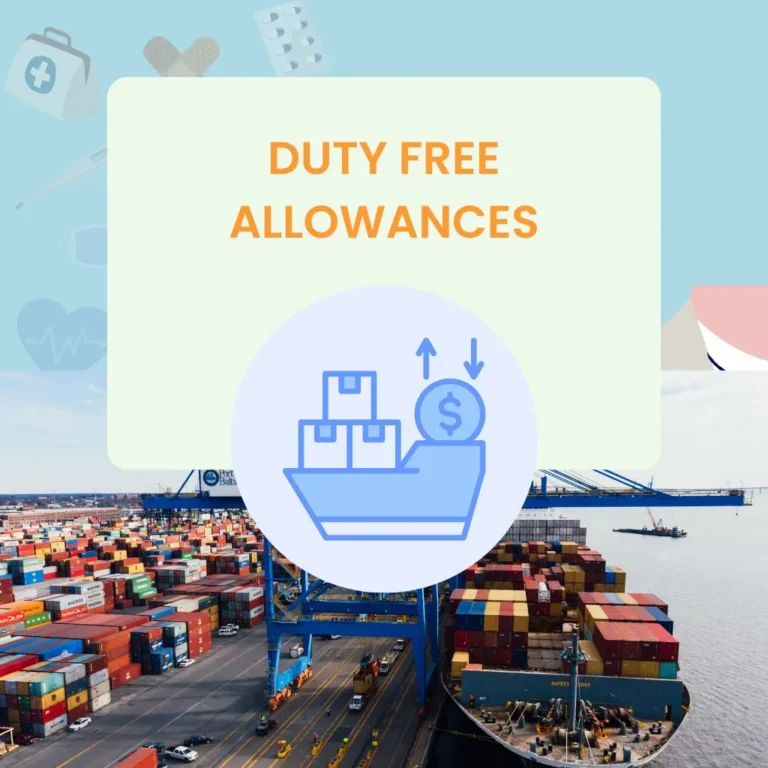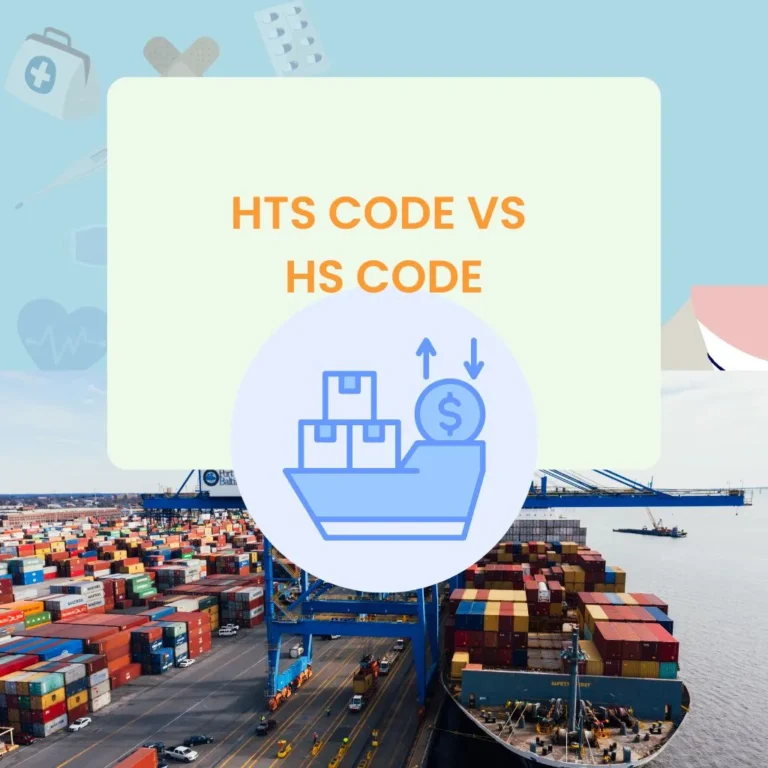China Import Duty Rates Explained: What You Need to Know in 2025
If you’ve ever bought products from overseas or tried shipping goods into China, you’ve probably wondered: How much import tax will I pay? The answer can be tricky, especially in a country like China, where import duties depend on a mix of customs regulations, value-added tax, and even product-specific consumption taxes.
This guide is here to break it all down. Whether you’re a first-time online shopper, a frequent business importer, or just curious about China Import Duty role in global trade, we’ll walk you through exactly how import taxes work in 2025.
TOC
What Is Import Duty in China?
Import duty in China is a tax on goods entering the country. It’s enforced by the General Administration of Customs (GACC) and based on international HS (Harmonized System) codes. The amount you pay depends on what you’re importing, where it’s coming from, and how it’s classified.
There are three main components to keep in mind:
- Customs Duty (Tariff) – The basic import tax
- Value-Added Tax (VAT) – China’s main sales tax applied to imports
- Consumption Tax – Applies to luxury or “non-essential” items like cosmetics and alcohol
These taxes are calculated cumulatively, which means even small rates can add up to a significant cost.
The Three-Tiered Tax System for Imports
Let’s break it down like you’re placing an order:
- You calculate the CIF value – that’s the Cost + Insurance + Freight.
- Add Customs Duty, which varies by product.
- On top of that, you’ll pay VAT—usually 13%.
- If your item is luxury, add Consumption Tax, which can go as high as 45%.
It’s a layered structure that adds up fast, so it’s crucial to know each component.
China classifies goods under different trade arrangements too:
- MFN (Most Favoured Nation): Applies to WTO members with whom China has trade agreements.
- General Rate: Applied to non-WTO countries—higher than MFN.
- FTA/Preferential Rates: Lower tariffs under free trade agreements (e.g., RCEP, ASEAN).
Real Example: What You Actually Pay
Let’s say you’re importing a ¥10,000 watch.
- Customs Duty: 10% = ¥1,000
- Subtotal: ¥11,000
- VAT (13%): ¥1,430
- Consumption Tax (20%): ¥2,600 (based on original value)
Total tax: ¥5,030 — over 50% of the product’s value!
And that’s before any logistics, handling, or customs agent fees.
Are Personal Imports Taxed in China?
Yes—but there are some simplifications. If you’re just shipping something small for personal use:
- Goods under ¥800 (courier) or ¥1,000 (postal) may qualify for Personal Postal Articles Tax (PPAT).
- You’re taxed at a flat 13% rate instead of all three layers.
Pro Tip: Try to consolidate small orders and keep below the threshold when possible.
For higher-value goods or bulk shipments, full import taxes apply. Even personal-use items like laptops, tablets, or cosmetics may need special clearance if above the threshold.
Product-Specific Duty Rates in 2025
Different items are taxed very differently. Here’s what you might encounter:
Clothing & Apparel
- Customs Duty: 10–16%
- VAT: 13%
- Luxury fashion may trigger Consumption Tax
- What’s new in 2025: China offers lower duties for eco-textiles under the ASEAN trade pact
Electronics
- Smartphones, tablets: Often duty-free
- Accessories: 5–10% duty
- VAT: 13% across the board
- Certification alert: Most electronics need CCC (China Compulsory Certification)
Cosmetics & Beauty Products
- Customs Duty: 5–10%
- VAT: 13%
- Consumption Tax: 15–30% (perfumes, makeup)
- Regulation: Must be pre-approved by the National Medical Products Administration (NMPA)
Luxury Goods
- Watches, handbags, spirits
- Duties: 10–25%
- VAT: 13%
- Consumption Tax: 20–45%
- Note: Taxes are applied in layers—not on the base price alone
Baby Products & Essentials
- Diapers, baby food, strollers: 0–10% duty
- VAT: 9% or 13% depending on category
- Some categories qualify for FTA preferences under RCEP
Food & Supplements
- Customs Duty: 10–25% for processed foods
- VAT: 13%
- Consumption Tax: Not common unless luxury food items
- Many items require CIQ (China Inspection and Quarantine) clearance
What Is VAT in China?
Value-Added Tax (VAT) is a core part of China’s tax system. It’s applied to almost all goods and services, including imports.
- Standard VAT: 13% for most consumer goods
- Reduced VAT: 9% for books, medical items, agri-products
VAT is charged after customs duty, so it inflates your landed cost. If you’re a registered company in China, you can reclaim input VAT. But for individuals, VAT is a final charge.
How Do China Tariffs Affect U.S. Trade in 2025?
Due to ongoing geopolitical tensions, China continues to apply retaliatory tariffs on many U.S. imports:
- Section 301 Tariffs from the U.S. led to China’s Reciprocal Tariff List.
- Key affected items include soybeans, electric vehicles, semiconductors, and medical equipment.
- China publishes and updates tariff exclusion lists, allowing certain U.S. products to avoid added duties.
Importers should check:
- Product eligibility under MFN or exclusion list
- Certificate of Origin to ensure proper classification
- Recent customs bulletins for trade policy updates
Scenarios from Real Life
1. Buying a smartphone (¥5,000)
- Duty: 0%
- VAT: ¥650
- Total: ¥650
2. Importing perfume as a gift (¥700)
- Under ¥800 → taxed at 13% flat = ¥91
- Over threshold → could trigger full import tax + consumption tax
3. Bringing in a Swiss watch (¥30,000)
- Duty: ¥3,000
- VAT: ¥4,290
- Consumption Tax: ¥6,000
- Total tax: ¥13,290 (≈44%)
4. Shipping baby formula (¥2,000)
- Duty: 10% = ¥200
- VAT: ¥286
- Total: ¥486 — affordable but still significant
FAQs:
1. How much duty in China?
Duties range from 0–45% based on product type. Most consumer goods fall between 5–15%.
2. Are personal imports taxed?
Yes. Goods under ¥800/¥1000 may qualify for simplified tax. Higher-value goods face full import tax structure.
3. What is VAT in China?
VAT is China’s primary import tax. It’s typically 13% and calculated after adding customs duty to CIF value.
4. How do China tariffs affect US trade?
U.S. products face extra tariffs (5–25%) due to ongoing trade disputes. Exemptions are possible via exclusion lists.
5. Can I bring gifts to China duty-free?
Small gifts valued below ¥800 (courier) may qualify for simplified tax. High-value gifts are taxed fully.
6. What documents are required?
Typical paperwork includes invoice, packing list, CIQ form, import license (if applicable), and Certificate of Origin.


